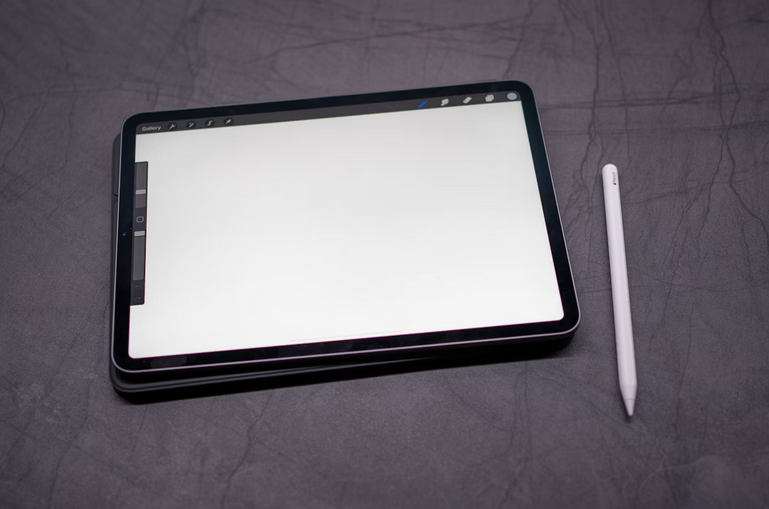
AI drawing generators have revolutionized the way we create art, offering a blend of technology and creativity that pushes the boundaries of traditional drawing methods. In this article, we’ll explore how AI drawing generators work and the role of algorithms, machine learning, and neural networks in their development, all in a friendly and informative tone.
Understanding AI Drawing Generators
AI drawing generators, also known as neural network art generators, use artificial intelligence algorithms and machine learning models to create original artworks, illustrations, and designs. These generators can produce a wide range of styles, from realistic sketches to abstract compositions, based on input data and training.
The Role of Algorithms
Algorithms are at the core of AI drawing generators, guiding the process of generating art based on predefined rules and patterns. These algorithms analyze input data, such as images or text descriptions, and translate them into visual representations using mathematical calculations and computational techniques.
Machine Learning and Training Data
Machine learning plays a crucial role in AI drawing generators by training models to recognize patterns, styles, and features in artwork. Generative adversarial networks (GANs) and deep learning techniques are commonly used to train AI models on vast datasets of artwork, enabling them to learn and mimic artistic styles, textures, and compositions.
Neural Networks for Art Generation
Neural networks are fundamental components of AI drawing generators, mimicking the structure and function of the human brain’s neurons. These networks consist of interconnected layers that process and transform input data into meaningful output, such as generating images or drawings based on learned patterns and associations.
How AI Generates Drawings

- Input Data: AI drawing generators start with input data, which can be in the form of images, text descriptions, or other visual cues that define the desired artwork.
- Feature Extraction: Algorithms extract features and characteristics from the input data, identifying shapes, colors, textures, and other elements that contribute to the artistic style.
- Learning and Training: Machine learning models, powered by neural networks, learn from vast datasets of artwork during the training process. They analyze patterns, styles, and artistic techniques to generate realistic or stylized drawings.
- Generating Artwork: Once trained, AI drawing generators can generate new artwork based on input parameters, such as style preferences, themes, or artistic concepts. They combine learned patterns and generate original compositions that resemble human-created art.
Applications and Impact
AI drawing generators have diverse applications across various industries, including art and design, entertainment, advertising, and education. They enable artists, designers, and creators to explore new creative possibilities, generate ideas, and automate repetitive tasks, enhancing productivity and innovation.
Ethical Considerations and Challenges
While AI drawing generators offer exciting opportunities, they also raise ethical considerations and challenges. These include issues related to copyright, ownership of generated art, bias in training data, and the impact on traditional art practices. It’s essential to navigate these challenges responsibly and ensure the ethical use of AI in creative endeavors.
AI drawing generators represent a fascinating fusion of art and technology, pushing the boundaries of creativity and innovation. By harnessing algorithms, machine learning, and neural networks, these generators empower artists and creators to explore new artistic realms, inspire imagination, and redefine the possibilities of digital artistry.


